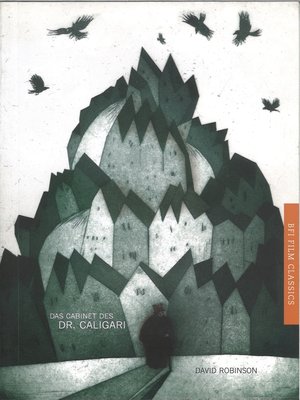
Sign up to save your library
With an OverDrive account, you can save your favorite libraries for at-a-glance information about availability. Find out more about OverDrive accounts.
Find this title in Libby, the library reading app by OverDrive.



Search for a digital library with this title
Title found at these libraries:
| Library Name | Distance |
|---|---|
| Loading... |
With its jagged, stylised sets, menacing shadows and themes of murder, madness and delirium, Das Cabinet des Dr. Caligari (1920) remains the source and essence of German Expressionist cinema. Fusing carnival spectacle with the paranoia of the psychological thriller, it centres on the haunting, sexually ambivalent presence of Conrad Veidt as Cesare – the somnambulist exploited as
an instrument by the sinister Dr. Caligari.
David Robinson challenges long accepted versions of the history and reception of Caligari and redefines its relationship to the larger phenomenon of Expressionist art. His reassessment of the relative contributions of director, designers and writers becomes a fascinating detective story, as he investigates the status and significance of the single surviving copy of the original script, which came to light only in the late 1980s when almost all those involved in the production were dead.
This second edition features a new introduction that considers the place of German Expressionist cinema within the European revival of Gothic at the turn of the twentieth century, and original cover artwork by Ben Goodman.
an instrument by the sinister Dr. Caligari.
David Robinson challenges long accepted versions of the history and reception of Caligari and redefines its relationship to the larger phenomenon of Expressionist art. His reassessment of the relative contributions of director, designers and writers becomes a fascinating detective story, as he investigates the status and significance of the single surviving copy of the original script, which came to light only in the late 1980s when almost all those involved in the production were dead.
This second edition features a new introduction that considers the place of German Expressionist cinema within the European revival of Gothic at the turn of the twentieth century, and original cover artwork by Ben Goodman.







